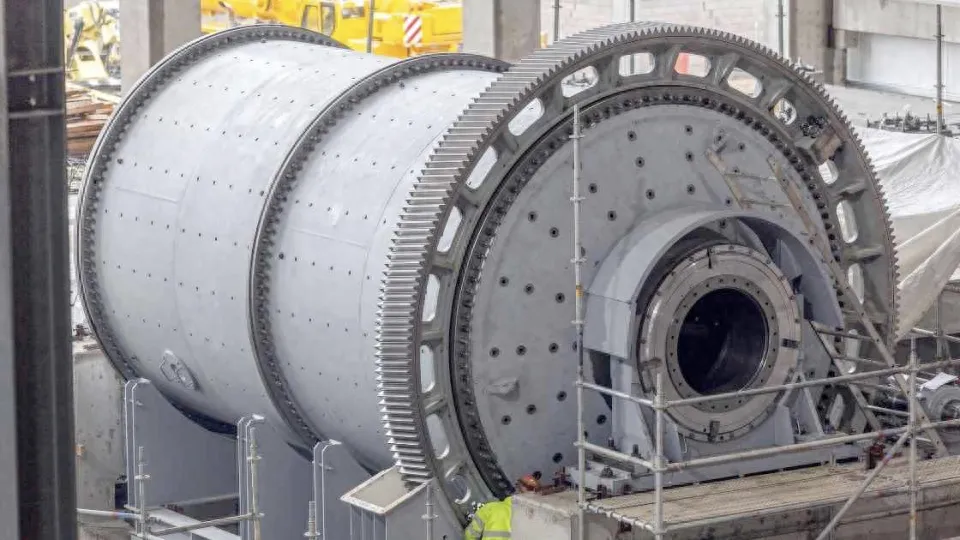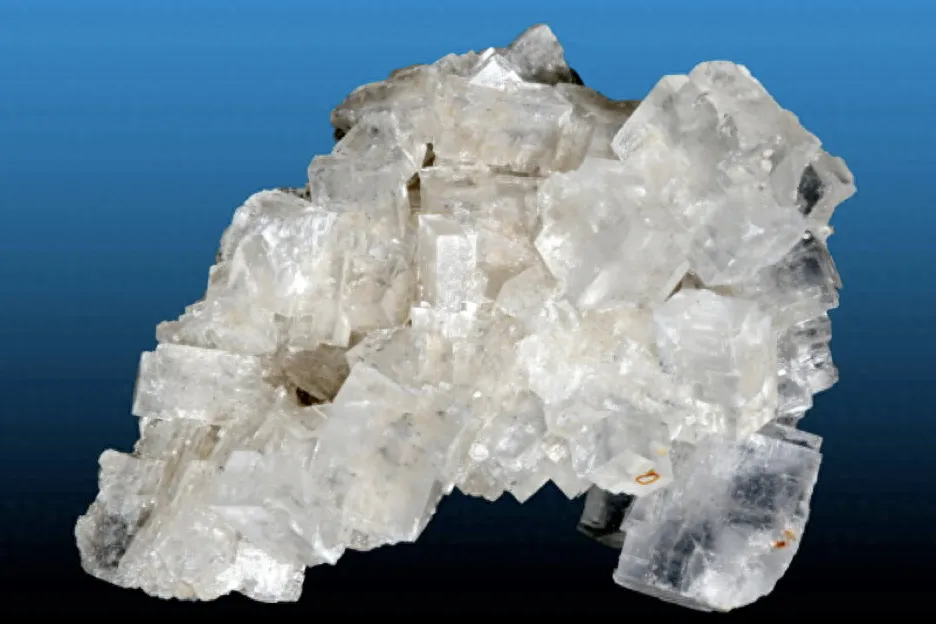-
Call Us
0086-592-7161550 -
Email us
ping@aotbattery.com -
Skype
ping@aotbattery.com
Call Us
0086-592-7161550Email us
ping@aotbattery.comSkype
ping@aotbattery.comIn recent years, the competition to create more sustainable and efficient battery technologies has accelerated due to the growing demand for electric vehicles and renewable energy storage systems. The University of Birmingham in the UK has conducted research on the mechanism of ball milling technology in the manufacturing process of battery materials, and its research findings may help with more efficient and cost-effective battery manufacturing.
The key finding of this groundbreaking study lies in the ability of ball milling to generate high voltage effects on battery materials, which advantageously alter the properties of the materials. Ball milling involves mixing and grinding materials with small balls to generate collision induced pressure and heat. Research has found that this process can quickly generate a high-voltage effect on the material, change its crystal structure, and significantly improve its performance in lithium-ion batteries.
Researchers have found that collisions between balls and materials generate significant pressure effects when causing changes. They also found that by applying heat, some of the changes are reversible, indicating that pressure is a key variable in the process. The researchers stated, "We used lithium molybdate as a model system to study redox reactions in batteries, and we noticed that it transforms into high-pressure spinel polymorphs, a specific crystal structure that was previously only manufactured under very high pressure. We realized that local heating alone cannot explain this transformation. We repeated experiments with three other battery materials to confirm our hypothesis and obtained similar results. This indicates to us that local heating is not the only factor contributing to these changes."
Certain high-pressure spinel polymorphs are known for their superior performance in battery applications, and traditionally, the production of these materials requires specialized equipment capable of generating very high temperatures and pressures. However, researchers have now found that ball milling can produce similar effects within a few minutes, converting materials such as Li2MoO4 into high-pressure spinel polymorphs. Previously, this transformation could only be achieved under very high pressure and temperature conditions.
For battery material manufacturers, this basic research on ball milling process is very meaningful:
1. Cost effectiveness:

The simplicity and efficiency of ball milling can replace the traditional need for expensive and specialized equipment to create high-pressure conditions. At a time when the global market is increasingly shifting towards electric vehicles and the demand for batteries is soaring, this cost saving is crucial.
2. Energy efficiency:
As the world strives to address the consequences of climate change, every industry is being scrutinized to reduce its carbon footprint. The energy intensive process involved in the synthesis of traditional battery materials greatly promotes overall emissions related to battery production. Ball milling has the ability to quickly convert necessary materials and is a more energy-efficient process. The reduced energy demand not only reduces operating costs, but also aligns the battery manufacturing industry with global sustainability goals.
3. Extended material options:

The ability to process a wider range of materials has opened up a Xintiandi for battery technology. The creation of high-pressure spinel polymorphs and disordered rock salt phases through ball milling has expanded the variety of materials and may lead to the discovery of more efficient or cost-effective battery application materials. This is a major step forward in the diversification of materials used in battery technology, which can also alleviate supply risks associated with critical materials that are currently limited in scope.
4. New R&D ideas:
These findings also suggest abundant opportunities for further research. Understanding that ball milling not only affects the internal crystal structure, but may also affect the surface structure of battery materials through the generation of shock waves during collisions opens up new research avenues. This can further accelerate the pace of battery technology innovation and drive the industry closer to economically and environmentally feasible solutions.

Tel/Whatsapp: 0086-592-7161550

Scan to wechat:
